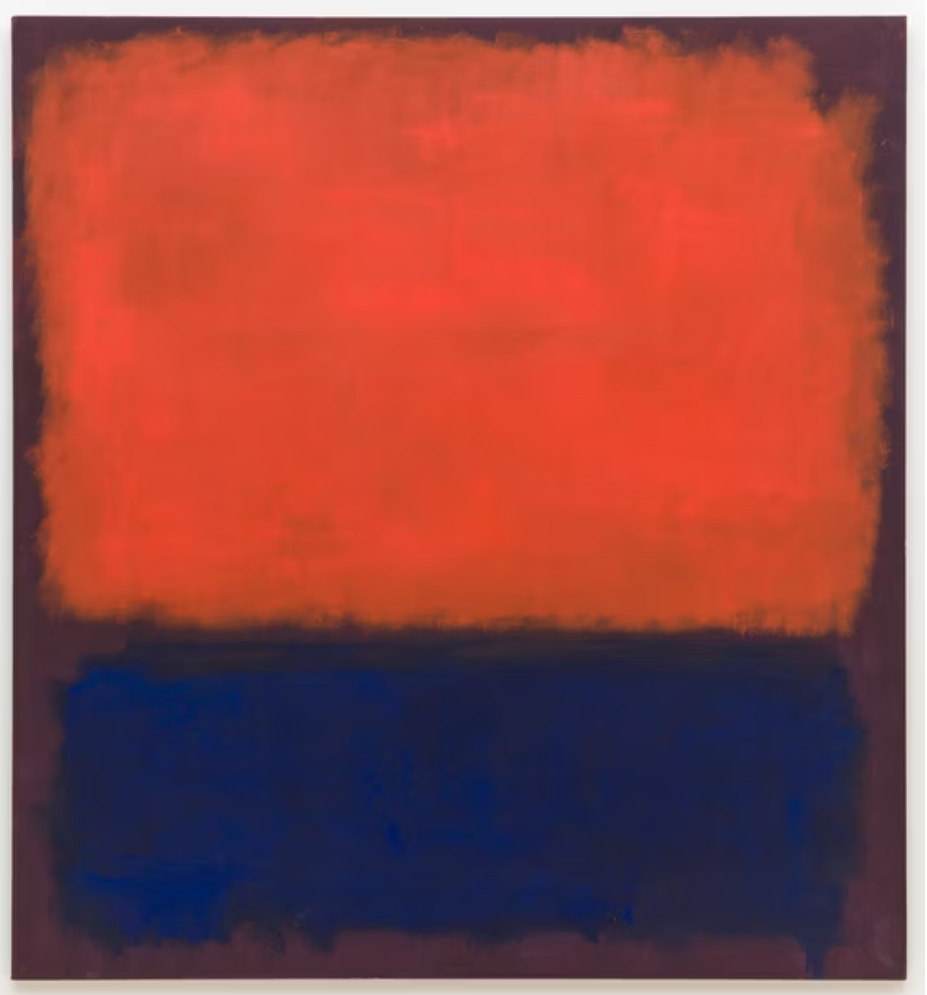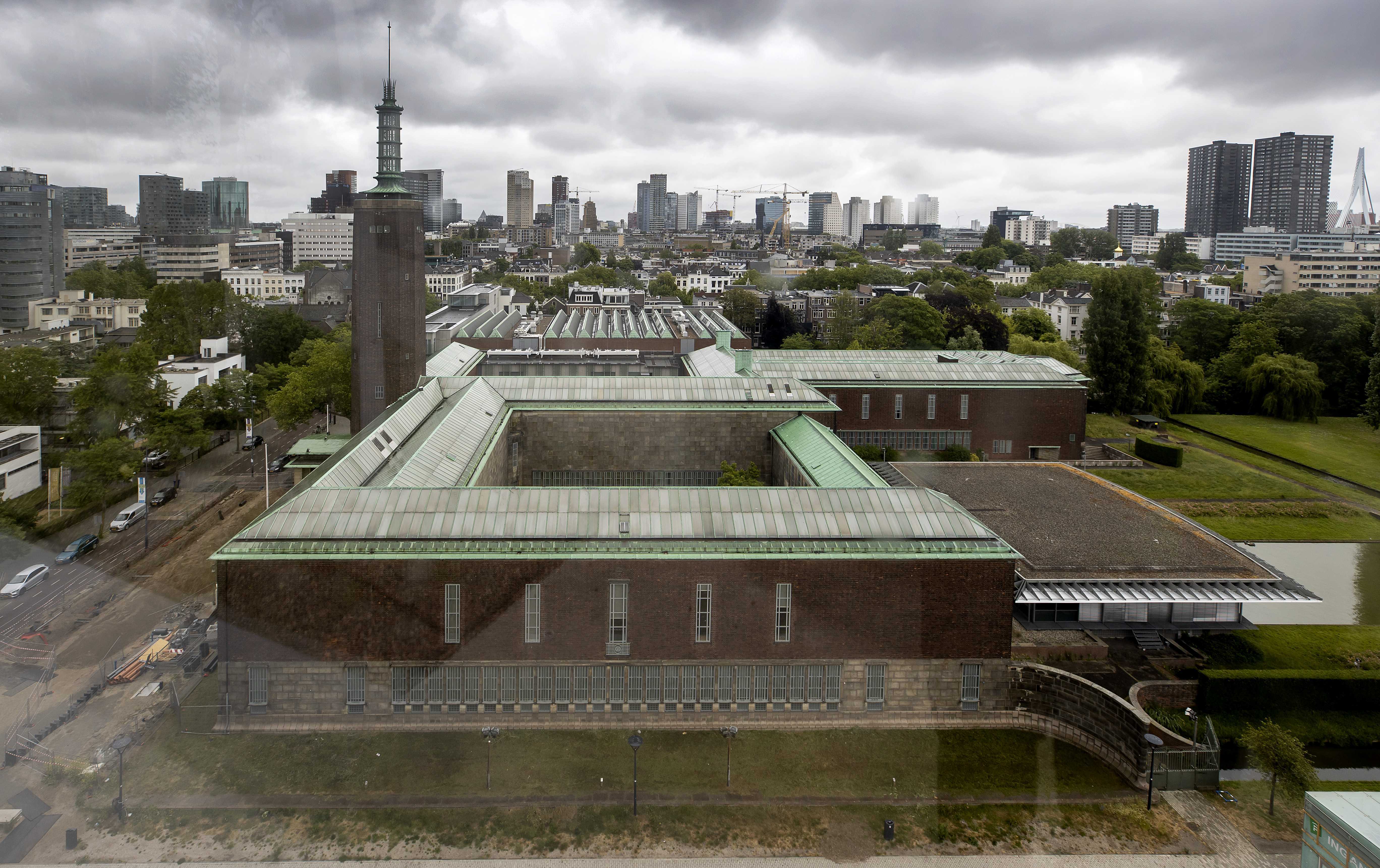
An abstract painting thought to be worth millions of pounds has been damaged by a child at a gallery in the Netherlands.
The painting “Grey, Orange on Maroon, No. 8” by artist Mark Rothko was housed at the Museum Boijmans Van Beuningen in Rotterdam.
However, it appears a young visitor got a little too close to the masterwork and touched it.
The museum told The Independent the artwork had “sustained superficial damage”, which included “small scratches” in the lower part of the painting.
“Conservation expertise has been sought in the Netherlands and abroad. We are currently researching the next steps for the treatment of the painting,” the statement said.
No information was provided about the possible cost of restoring the artwork, and no pictures of the damage were released.

“We expect that the work will be able to be shown again in the future,” the museum added.
A spokesperson for the museum told Dutch media outlet Algemeen Dagblad (AD) on Friday that the damage occurred during an “unguarded moment.”
The artwork is estimated to be worth up to €50m (£42.5m), according to the Dutch newspaper.
While the museum declined to confirm the figure, Rothko paintings typically sell for millions at auction.
In 2012, his painting, “Orange, red, yellow (1961)” sold at Christie’s in New York for $86.9m (£53.8m). Months later, another painting was sold for $75.1m (£47.3m).
The museum has previously asked visitors to cover the repair costs for artworks they damaged.
In 2011, a visitor who stepped on Wim T. Schippers' “Peanut Butter Platform,” consisting of a 14-meter carpet of peanut butter, was asked by the museum to cover restoration costs.
“It is normal procedure for people to pay if they damage art,” a spokesperson for the museum told AD at the time.
During the first three months of its display, the artwork was accidentally stepped on three times.

Another Rothko painting was defaced in 2012 while on display in London’s Tate Modern museum.
“Black on Maroon” was part of a series originally commissioned by the Four Seasons Restaurant in New York, which was housed in the Seagram Building, a celebrated modernist skyscraper on Park Avenue.
Artist Wlodzimierz Umaniec vandalised the painting in the name of his Yellowist movement. He was jailed for two years.
And last year, London’s National Gallery made the “unfortunate decision” to ban liquids in the wake of a spate of attacks by activists on its artworks.
“Unfortunately, we have now reached a point where we have been forced to act to protect our visitors, staff and collection,” the National Gallery said in a statement on Thursday.
“From 10am on Friday October 18 2024, no liquids can be brought into the National Gallery, except for baby formula, expressed milk and prescription medicines.”
It cited paintings including Vincent van Gogh’s Sunflowers, John Constable’s The Hay Wain and Velazquez’s Rokeby Venus among those targeted in “five separate attacks on iconic paintings”.
The ancient sites finally revealing the secrets of a long-lost Stone Age civilisation
'You can count on us.' German president marks 70 years of NATO membership with pledge for future
One of Europe’s strongest floating cranes to recover Mike Lynch’s sunken yacht
India and Pakistan: The nuclear standoff that we really should all be worried about
Trump reveals his top pick for the new Pope - himself
Why Canadians might want to beware what they have wished for with Mark Carney







